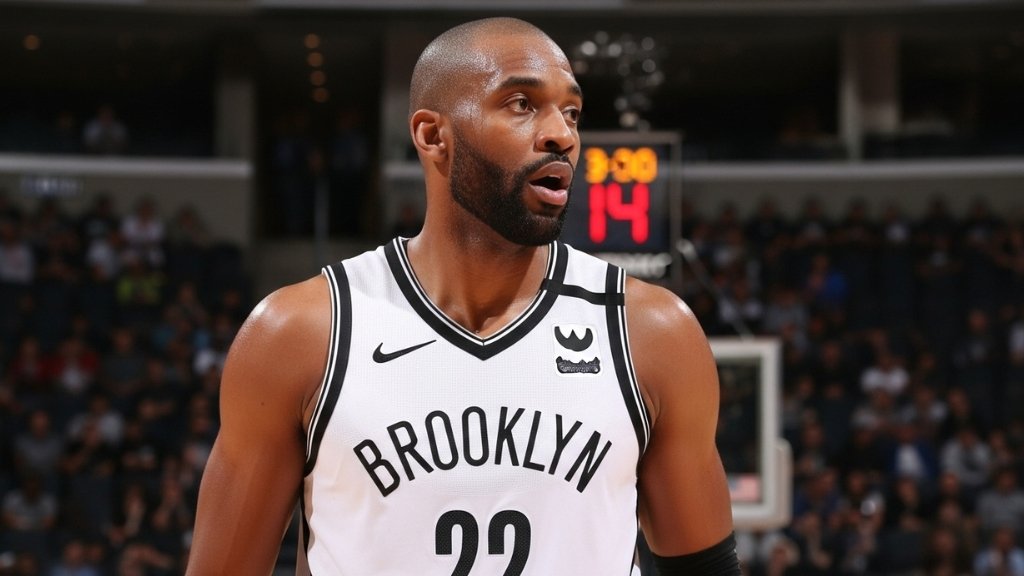Jason Collins brain tumor—the former NBA big man who made history as the league’s first openly gay male player—has begun treatment for a brain tumor. The news was shared publicly by his family through the league and amplified by former teams and colleagues. Specific medical details, including the tumor type, treatment location, and prognosis, have not been disclosed. The family has asked for privacy while he focuses on care.
What’s known—and what isn’t
Public statements confirm that Collins is under active medical treatment. Beyond that, the family has not offered further clinical information, and there is no formal timeline for future updates. That measured approach is typical in serious health situations for public figures: share the essentials, then pause the flow of information while doctors and family concentrate on the person, not the narrative.
A career that changed the conversation
Collins’ professional legacy stretches beyond box scores. After more than a decade as a defense-first center and respected locker-room voice, he came out publicly in 2013. In early 2014, he became the first openly gay player to appear in an NBA game when he signed with Brooklyn and checked in against the Los Angeles Lakers. The moment was both ordinary—just another substitution—and extraordinary, a visible step forward for LGBTQ+ representation in men’s professional team sports.
He wore No. 98 in honor of Matthew Shepard, a choice that underscored how deeply he connected his platform to advocacy. That number, stitched on his jersey, became a quiet statement about dignity, safety, and inclusion. After retiring in 2014, Collins continued working with the league and community organizations, speaking with players, executives, students, and fans about allyship and the importance of being able to bring one’s full self into the arena—on the court and off.
Why his story resonates now
News of a serious diagnosis lands differently when it involves someone whose career helped others feel seen. Collins’ coming-out did not single-handedly transform sports culture, but it did widen the path. His visibility reassured young athletes who wondered if there was a place for them in the game. Coaches and front offices often cite the effects of that era in how they think about team environments today—clearer policies, better education, and a more open conversation about respect in the workplace.
That is part of why the outpouring of support has been immediate and broad. Messages from former teammates, coaches, advocacy groups, and fans have emphasized the same themes: gratitude for his leadership, admiration for his steadiness, and hope for a strong recovery. The reaction reflects how many circles Collins has touched—NBA locker rooms, LGBTQ+ communities, schools, and civic groups.
The human side of a public diagnosis
High-profile health updates are never just about medicine. They involve logistics (appointments, treatment schedules, travel), privacy (what to share and when), and community (how to accept help). Families often create clear boundaries early—what information is public, who speaks on their behalf, how friends and colleagues can offer support without overwhelming the patient. Collins’ family has done exactly that, which is both understandable and wise. It keeps the focus on his well-being rather than a news cycle that can spin faster than the realities of care.
Context from his playing days
On the floor, Collins was the kind of veteran coaches trust. He set hard screens, talked constantly on defense, boxed out, and knew where to be. He rarely led the scoring column, but teams valued his discipline and organization. Over the course of his career he played for multiple franchises—including the Nets in both their New Jersey and Brooklyn chapters—plus stops in Memphis, Minnesota, Atlanta, Boston, and Washington. Teammates have frequently described him as a “pro’s pro”: steady, honest, and more interested in the group’s success than individual shine.
What to watch next
Because the family has not released medical specifics, there is no public timetable for treatment phases or recovery markers. If additional updates do come, expect them to be purposeful and infrequent—major milestones, statements of gratitude, or information about ways supporters can help. Until then, the most constructive response is the simplest: respect the family’s space, keep Collins in your thoughts, and let his body of work—on the court and in the community—speak for itself.
A legacy bigger than basketball
It is tempting to define Collins by one historic moment. But the fuller story includes all the less visible work that came after: mentoring younger players, representing the league, and showing up for people who needed to see someone like him succeed. That legacy doesn’t vanish when the lights dim; it deepens when a community rallies in return.
For now, the facts are straightforward: Jason Collins is receiving treatment for a brain tumor, his family is prioritizing privacy, and the basketball world is responding with care. The rest—his courage, his example, the conversations he helped advance—remains as solid as ever.







